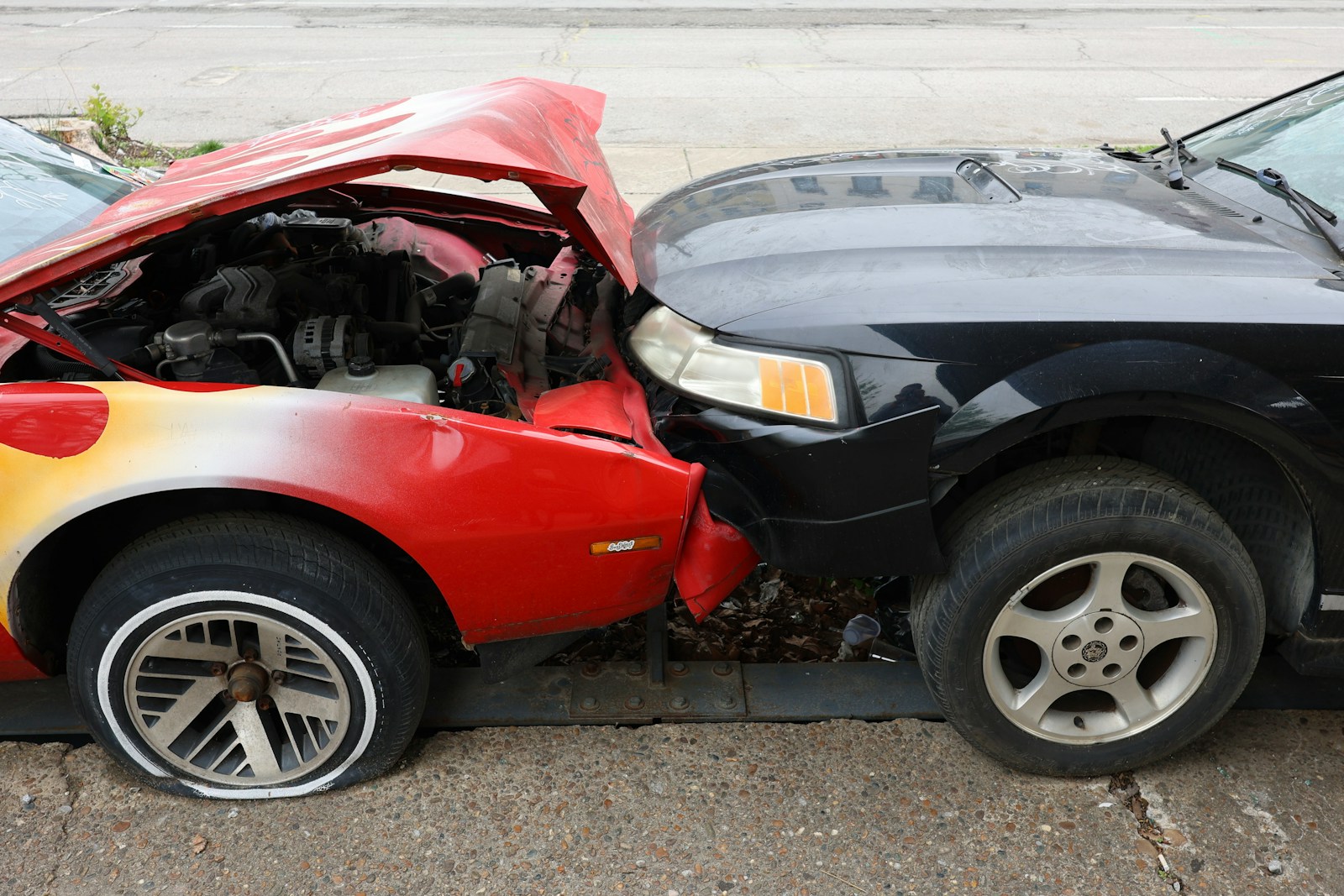Pay First, Recover Later: SC Reiterates Humanitarian Approach in Motor Accident Compensation

Introduction:
In a significant reaffirmation of victim-centric justice, the Supreme Court of India in K. Nagendra v. New India Assurance Co. Ltd.[1] ruled that an insurer cannot deny compensation to accident victims merely because the vehicle was plying beyond its route permit. The Court highlights that technical policy violations cannot eclipse the overarching goal of social justice embedded within the Motor Vehicles Act, 1988.
At the heart of the ruling lies the doctrine of “pay and recover” a pragmatic legal tool that ensures victims receive immediate compensation while preserving the insurer’s right to later recover the amount from the vehicle owner if contractual breaches are proven.
This decision, while rooted in insurance jurisprudence, carries a profound social message: motor insurance is not merely a private contract but a public welfare instrument designed to protect lives, not paperwork.
Table of Contents
Background of the Case
The case stemmed from a tragic motor accident involving a passenger, where a bus owned by K. Nagendra and insured with The New India Assurance Company Limited. At the time of the incident, the bus was allegedly plying beyond the limits of its sanctioned route permit a deviation that became the central issue of contention. The accident resulted in fatalities, leading the dependents of the deceased to file a claim for compensation before the Motor Accidents Claims Tribunal (MACT) under the Motor Vehicles Act, 1988.
The MACT, after considering the evidence on record, awarded compensation to the claimants, holding the insurer liable to satisfy the award. However, the insurer challenged this finding, arguing that operating the vehicle outside its permitted route constituted a fundamental breach of policy conditions, thereby relieving it of any responsibility to indemnify the insured or pay compensation to the victims.
Conversely, the vehicle owner contended that a route-permit violation cannot negate third-party liability, emphasizing that the Motor Vehicles Act mandates insurers to cover third-party risks irrespective of contractual or technical breaches. The owner further argued that to deny compensation on such a narrow technical ground would undermine the very object of compulsory motor insurance, which is rooted in social welfare and victim protection.
Thus, the central issue before the Apex Court was clearly framed:
Does a route-permit violation absolve the insurer from liability, or must it still satisfy the compensation awarded to third-party victims before seeking recovery from the vehicle owner?
The Supreme Court’s Findings
The Supreme Court, while upholding the High Court’s approach, delivered a detailed analysis reaffirming the principles of social justice, statutory liability, and contractual balance under the Motor Vehicles Act, 1988. The Court’s reasoning centred on ensuring that technical breaches, such as route-permit violations, do not defeat the primary objective of motor insurance to safeguard the rights of accident victims.
1. Insurer’s Liability Despite Route-Permit Violation
The Court categorically held that an insurer cannot escape liability to third parties merely because the vehicle was operating outside its sanctioned route. It observed that the very essence of compulsory insurance under the Motor Vehicles Act is to ensure that victims or their dependents are not left uncompensated due to procedural or technical defaults.
“To deny the victim or dependents of the victim compensation simply because the accident took place outside the bounds of the permit would be offensive to the sense of justice. Then, the Insurance Company most certainly ought to pay.”
The Court emphasised that the object of compulsory third-party insurance is rooted in social welfare, and any interpretation that frustrates this intent would be contrary to the spirit of the law.
2. Reaffirmation of the ‘Pay and Recover’ Principle
Reiterating earlier precedents, the Court endorsed the “pay and recover” mechanism directing the insurer to first pay the compensation to the victims and thereafter recover the amount from the vehicle owner if a breach of policy terms is established. This approach, the Bench reasoned, strikes a fair balance between protecting the rights of third parties and safeguarding the insurer’s contractual interests.
“The purpose of an insurance policy is to shield the owner or operator when such an unforeseen or unfortunate incident takes place.”
By doing so, the Court ensured that accident victims are not burdened with prolonged litigation between insurers and owners, while still preserving the insurer’s right to recoup the amount from the wrongdoer.
3. Contractual Obligations Remain Relevant
While the Court leaned strongly in favour of victim protection, it also clarified that the insurer’s obligation is not unlimited. Insurance contracts must operate within their defined scope, and courts must respect those boundaries where liability clearly falls outside the contractual framework. “If the insurer is asked to pay compensation to a third party, which is clearly outside the bounds of the said agreement, it would be unfair.”
This ensures that the judgment does not open the floodgates to unlimited insurer liability but instead reinforces the delicate equilibrium between social justice and contractual fairness.
4. Reliance on Established Precedents
In arriving at its decision, the Supreme Court relied on a series of earlier rulings that shaped the contours of third-party insurance law in India, including:
- National Insurance Co. Ltd. v. Swaran Singh[2]
- New India Assurance Co. Ltd. v. Kamla[3]
- S. Iyyapan v. United India Insurance Co. Ltd.[4]
These precedents collectively affirm that statutory liability toward third-party victims cannot be negated by procedural or technical infractions, and that the insurer’s recourse lies in recovery from the insured, not in denial of payment to victims.
Judgement
The Supreme Court upheld the High Court’s decision, reaffirming the “pay and recover” principle. It directed New India Assurance Co. Ltd. to first pay the compensation awarded by the Motor Accidents Claims Tribunal to the victims’ dependents and thereafter recover the amount from the vehicle owner, K. Nagendra, in accordance with law.
The Court emphasized that technical breaches such as route-permit violations cannot defeat the rights of accident victims, as the core objective of compulsory motor insurance is to ensure prompt compensation. However, recognizing the contractual nature of insurance, it also permitted the insurer to recover the paid amount from the owner due to the established permit violation.
Author’s View: A Step Toward Practical Justice
The Supreme Court’s reasoning reaffirms the social welfare intent behind the Motor Vehicles Act. The “pay and recover” principle embodies judicial empathy ensuring victims are not left uncompensated due to disputes between owners and insurers.
At the same time, the judgment reinforces contractual accountability. Owners who breach permit conditions cannot escape financial responsibility, as insurers retain the right to recover paid sums.
This dual balance of justice for victims and fairness for insurers strengthens the integrity of India’s motor accident compensation system.
For more details, write to us at: contact@indialaw.in
[1] 2025 INSC 1270 (Arising out of SLP (C) Nos. 7139-7140 of 2023)
[2] (2004) 3 SCC 297
[3] (2001) 4 SCC 342
[4] (2013) 7 SCC 62
By entering the email address you agree to our Privacy Policy.



